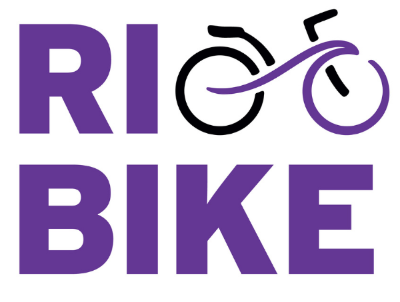![]()
Peak hour tolls are a big part of Oregon governor’s transportation agenda
Oregon needs tough measures to cope with growing volumes of traffic, says Gov. Ted Kulongoski
Saturday, April 12, 2008
GAIL KINSEY HILL
The Oregonian
Gov. Ted Kulongoski on Friday said he will likely advocate for rush-hour tolling and other tough measures to control traffic congestion in his 2009 appeal to the Legislature.
“In plain English, tolls that vary by time of day, by location, or by congestion level, so that those who are using the highway at the most desirable time are paying more to do so,” he said.
Kulongoski didn’t say which highways might be ripe for “congestion pricing.” But the proposed Interstate 5 bridge over the Columbia River is an example of what he has in mind, said spokeswoman Anna Richter Taylor.
His comments came during an address to business leaders and members of the Oregon Environmental Council at the Oregon Convention Center in Portland.
This is the most detail Kulongoski has offered the public about a transportation agenda that he called “the largest, most strategic and greenest plan in Oregon history.”
For months, Kulongoski has said he will make his transportation plan a top priority when the Legislature convenes for a new session in January. He has called for improvements to highways and roads throughout the state, emphasizing the massive needs of a system that has failed to keep up with growth.
And he has insisted that these improvements also answer concerns about global warming. He wants cleaner cars, more bicycle routes and more mass transit, among other “green” measures.
“We cannot allow ourselves to fall into the trap of thinking transportation and climate change are conflicting policy priorities,” Kulongoski said.
He hasn’t put a price tag on his plan, but admits a large new source of funding must be found. That’s where tolling or congestion pricing comes in. Other possibilities include charging drivers for how many miles they drive — “vehicle miles traveled” — and increasing vehicle registration fees.
In the past, policymakers have eyed the gas tax as the treasure chest for more transportation money, because it brings in plenty of cash and funds most road projects. But Kulongoski doesn’t want to rely on a tax that fundamentally reinforces gasoline use. Besides, efforts to raise the tax have always been controversial, especially in times of escalating oil prices.
“The gas tax isn’t relevant,” said Hans Bernard, the governor’s transportation adviser.
Any big-money choice, no matter the type, is certain to prompt sharp debate, especially if the economy remains shaky.
Kulongoski has asked a committee headed by Pat Reiten, president of the utility Pacific Power, to flesh out more details and come up with a final package of recommendations.
Reiten said he would complete his work by November, maybe sooner, so that the public will have a chance to respond.
“It will have a price tag, it will have a funding mechanism,” Reiten said.
Other specifics that Kulongoski has asked the committee to address and possibly incorporate into its recommendations include:
A low-carbon fuel standard that would require a 10 percent reduction in the greenhouse gas content of all transportation fuels sold by 2020.
Ways to encourage advancements in vehicle technologies so that drivers can shift to plug-in hybrid and electric cars.
Tax credits to businesses that encourage telecommuting, carpooling, biking and mass transit.
Road improvements that target specific bottlenecks.
Gail Kinsey Hill: 503-221-8590; gailhill@news.oregonian.com for environment news, go to http://blog.oregonlive.com/pdxgreen
©2008 The Oregonian
